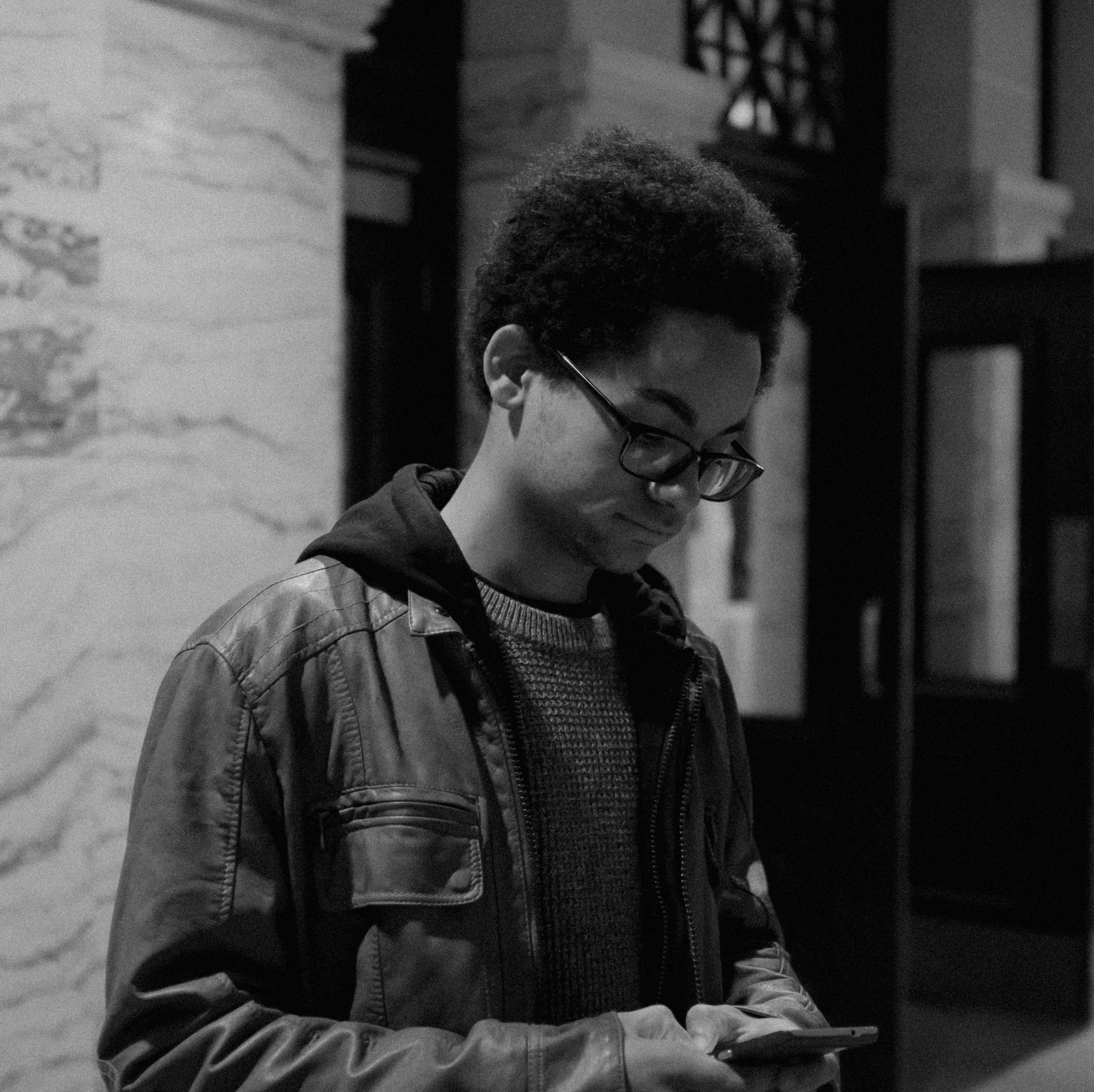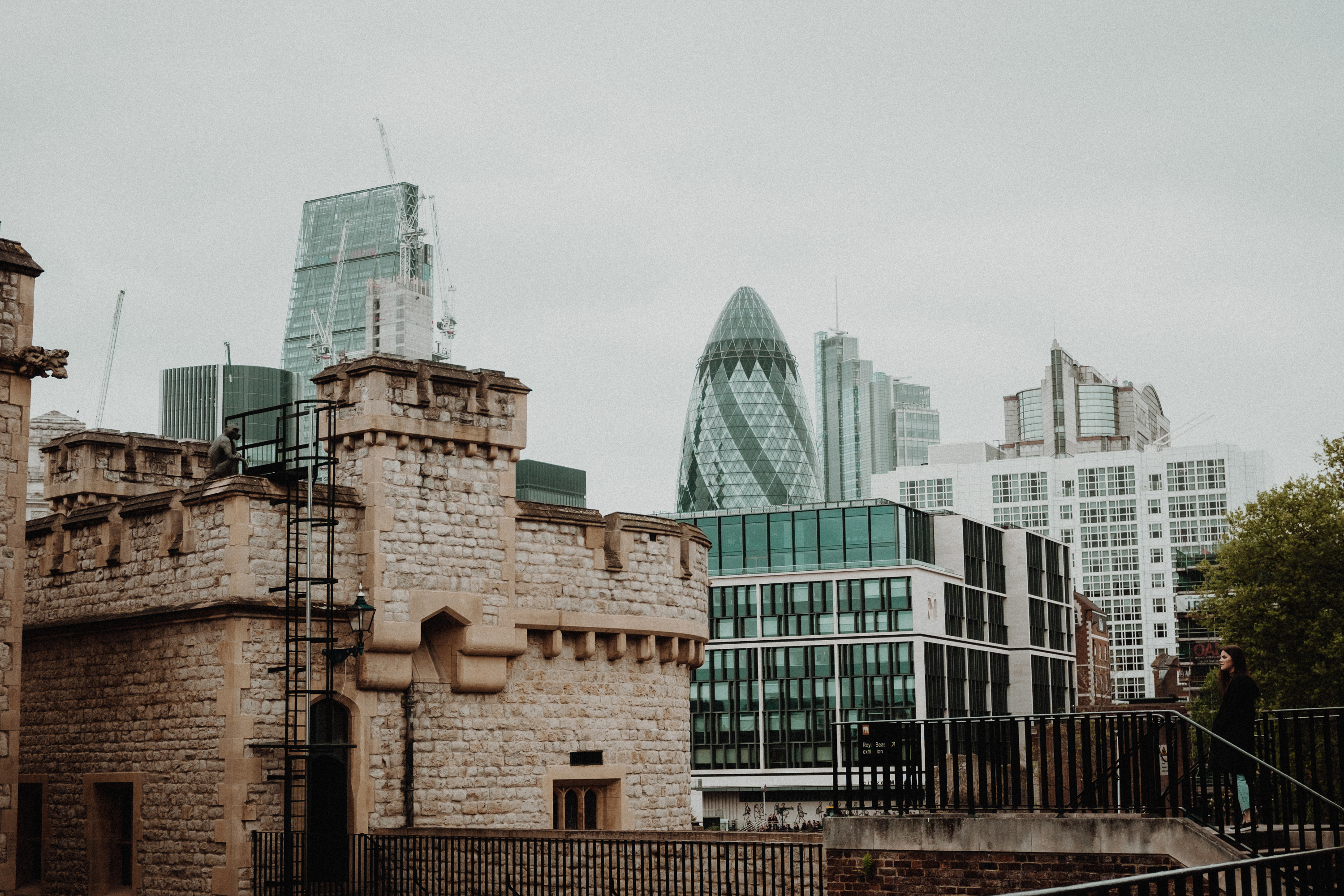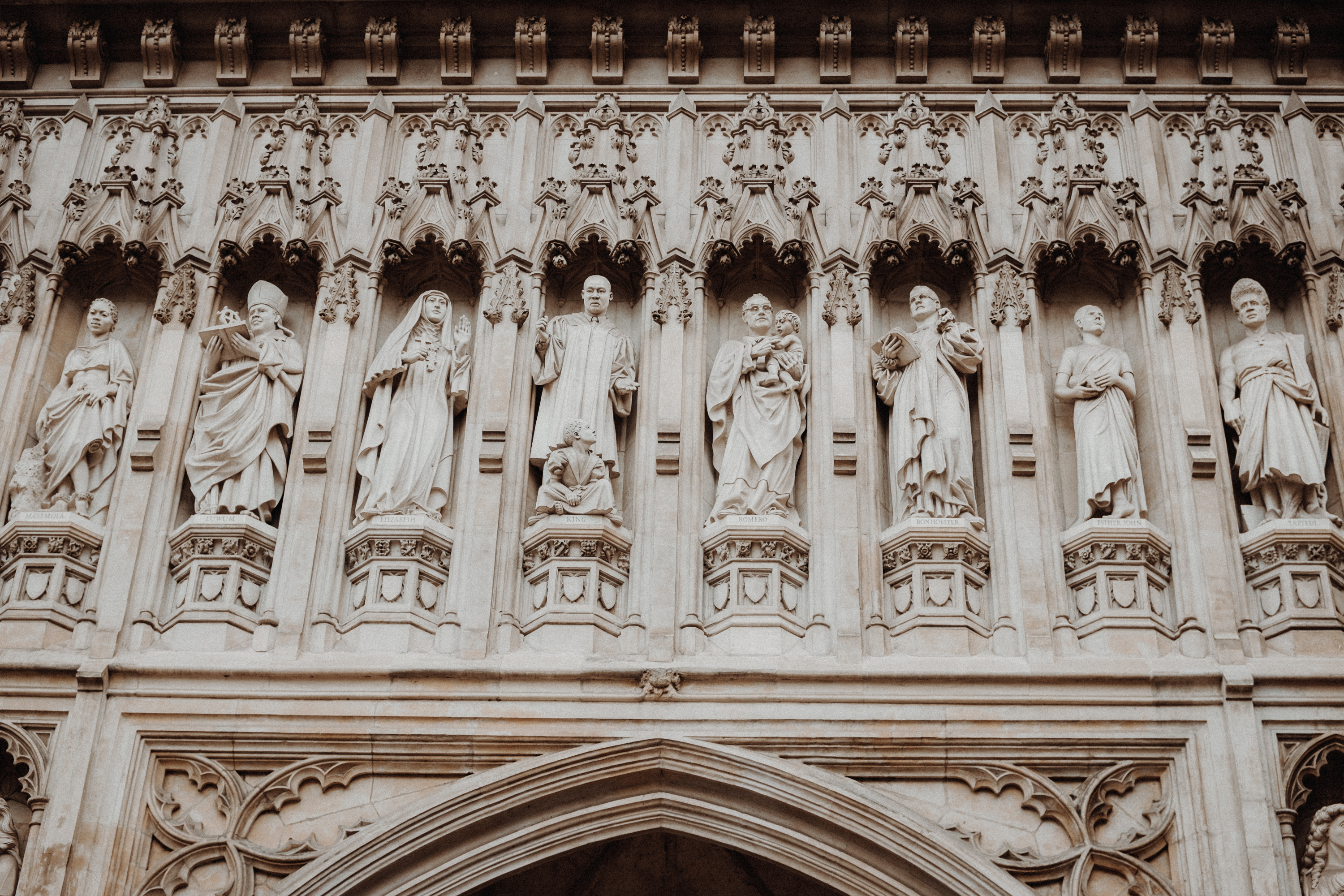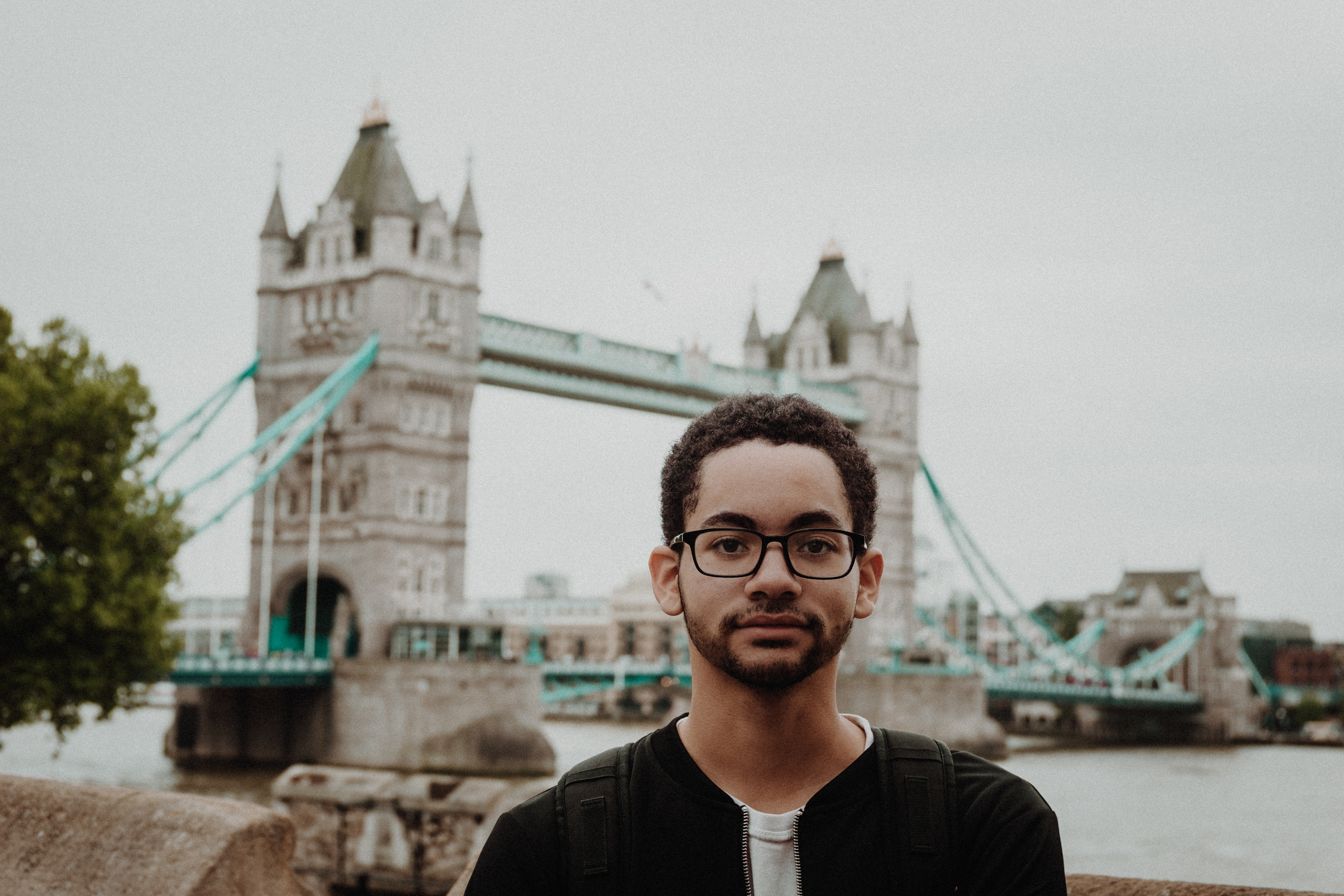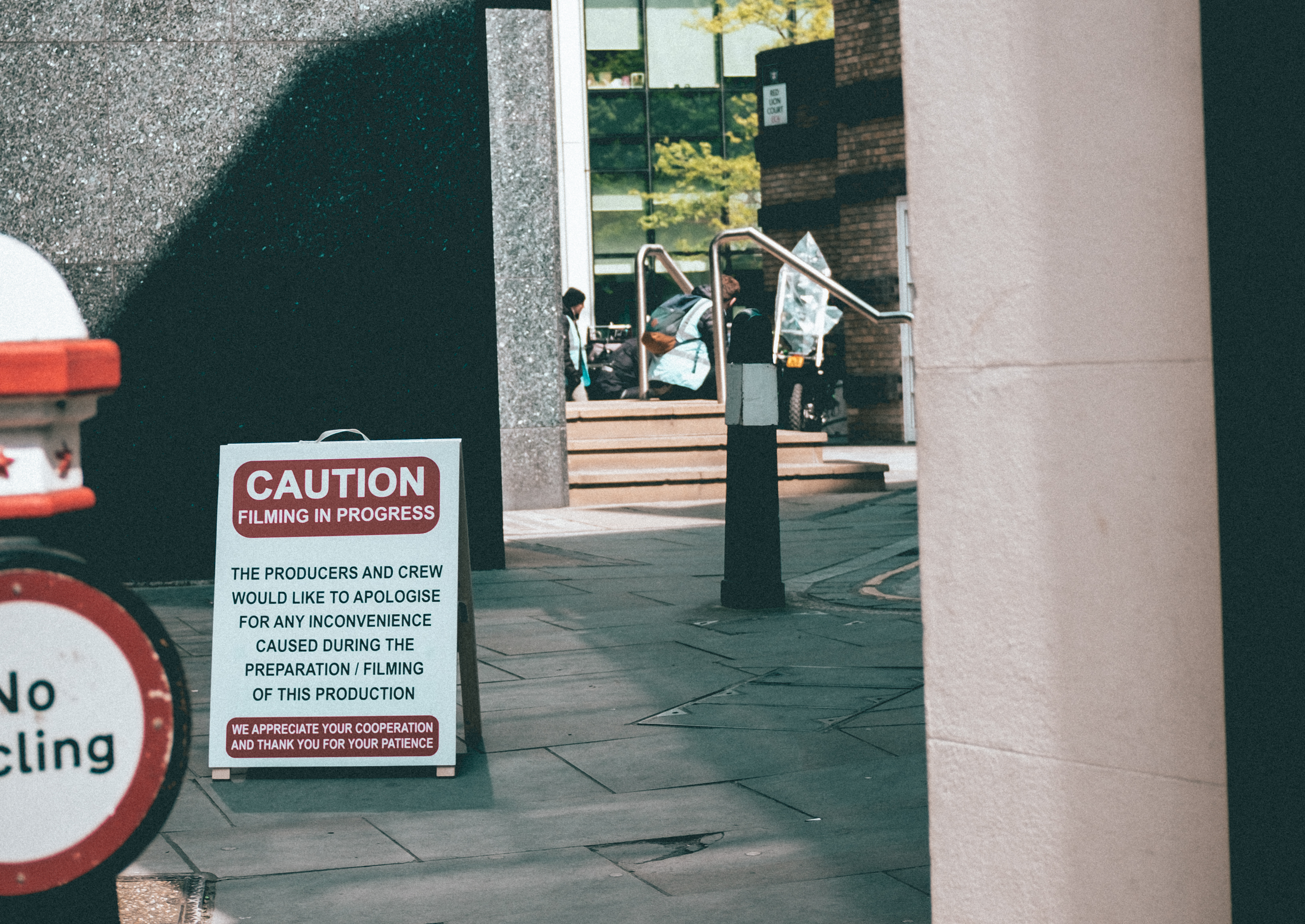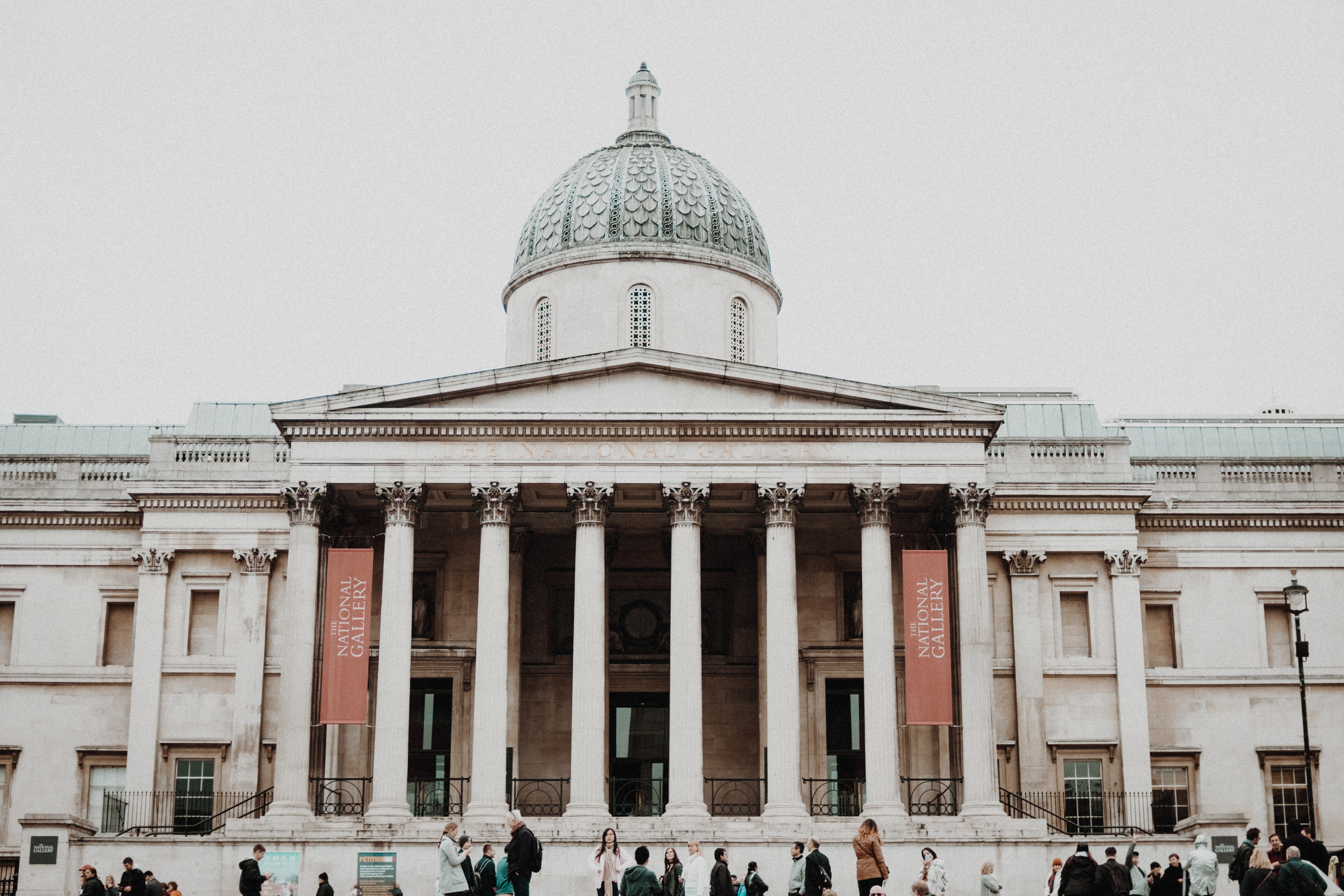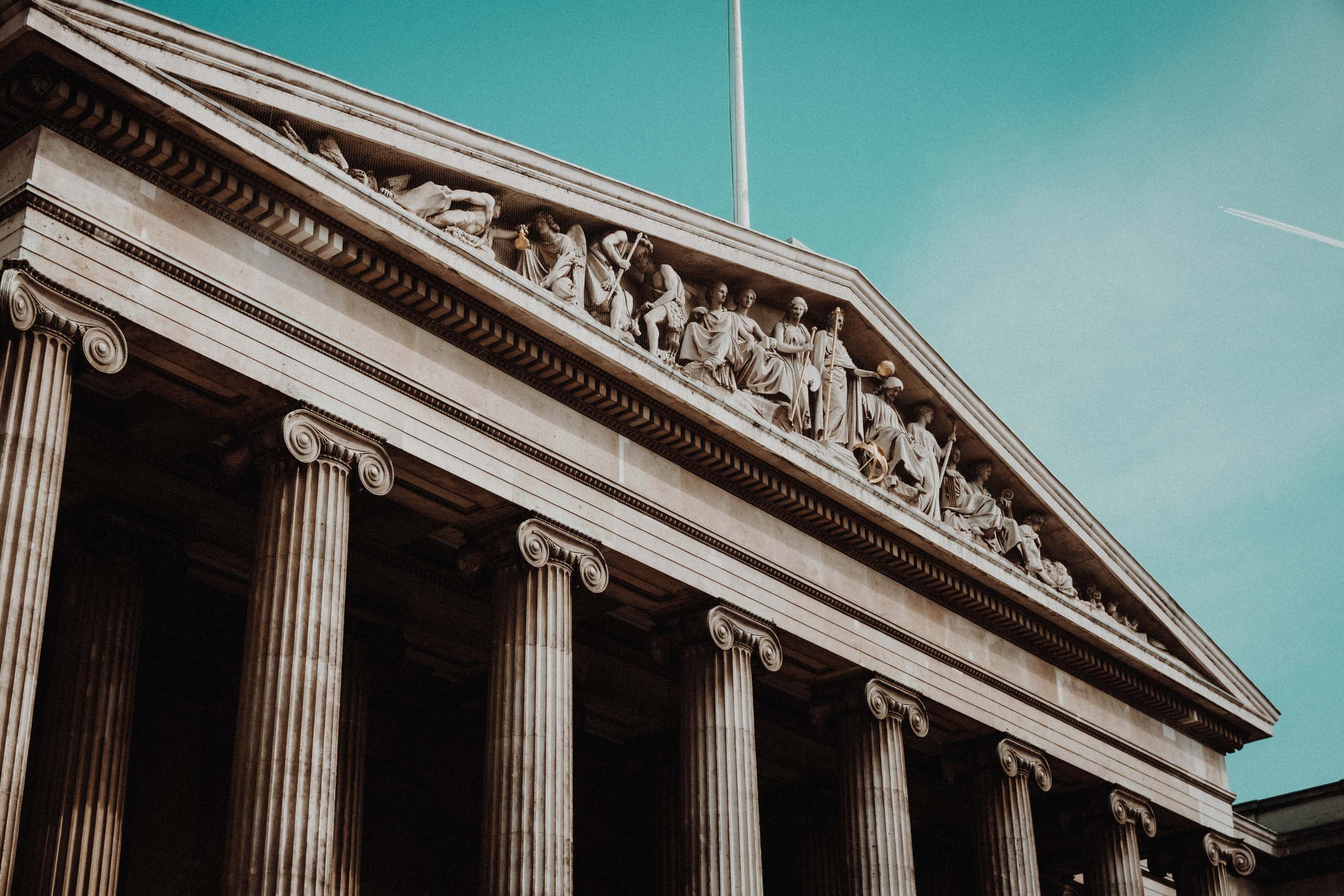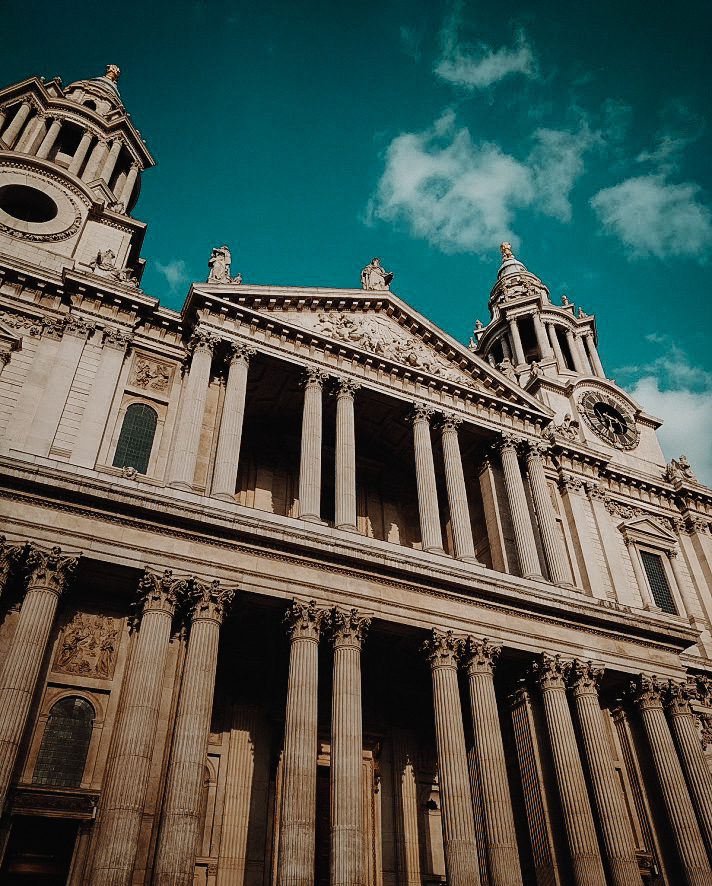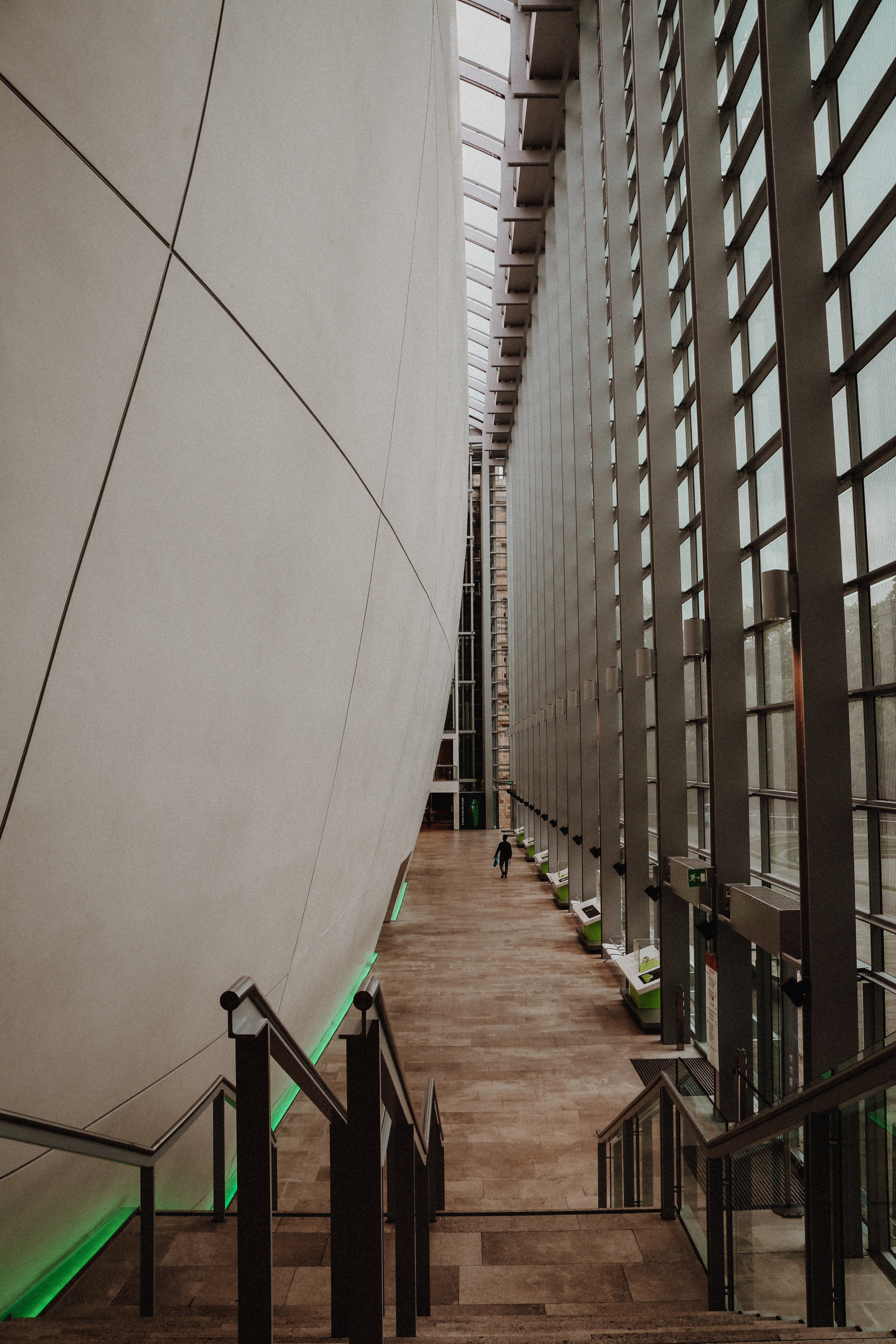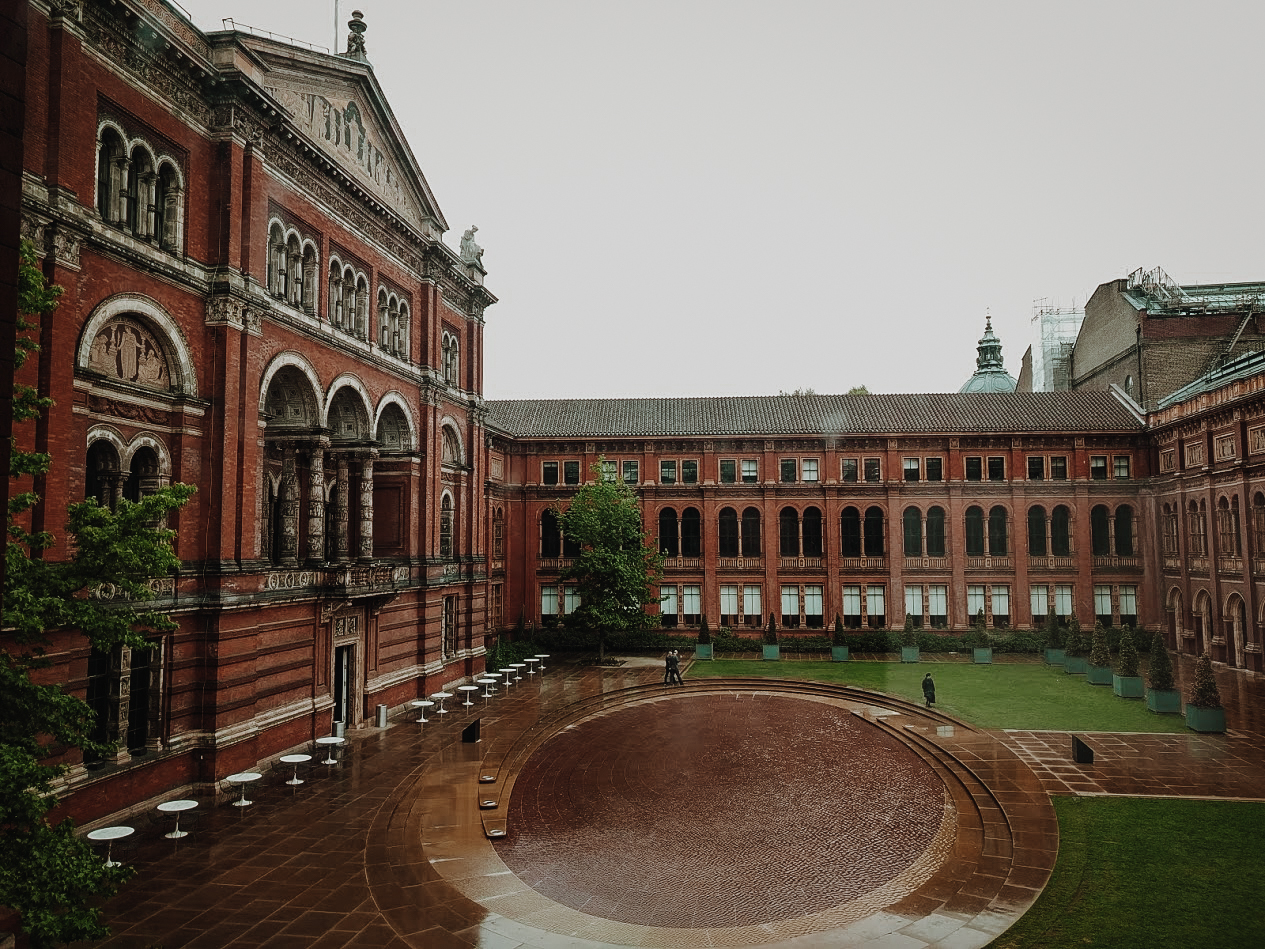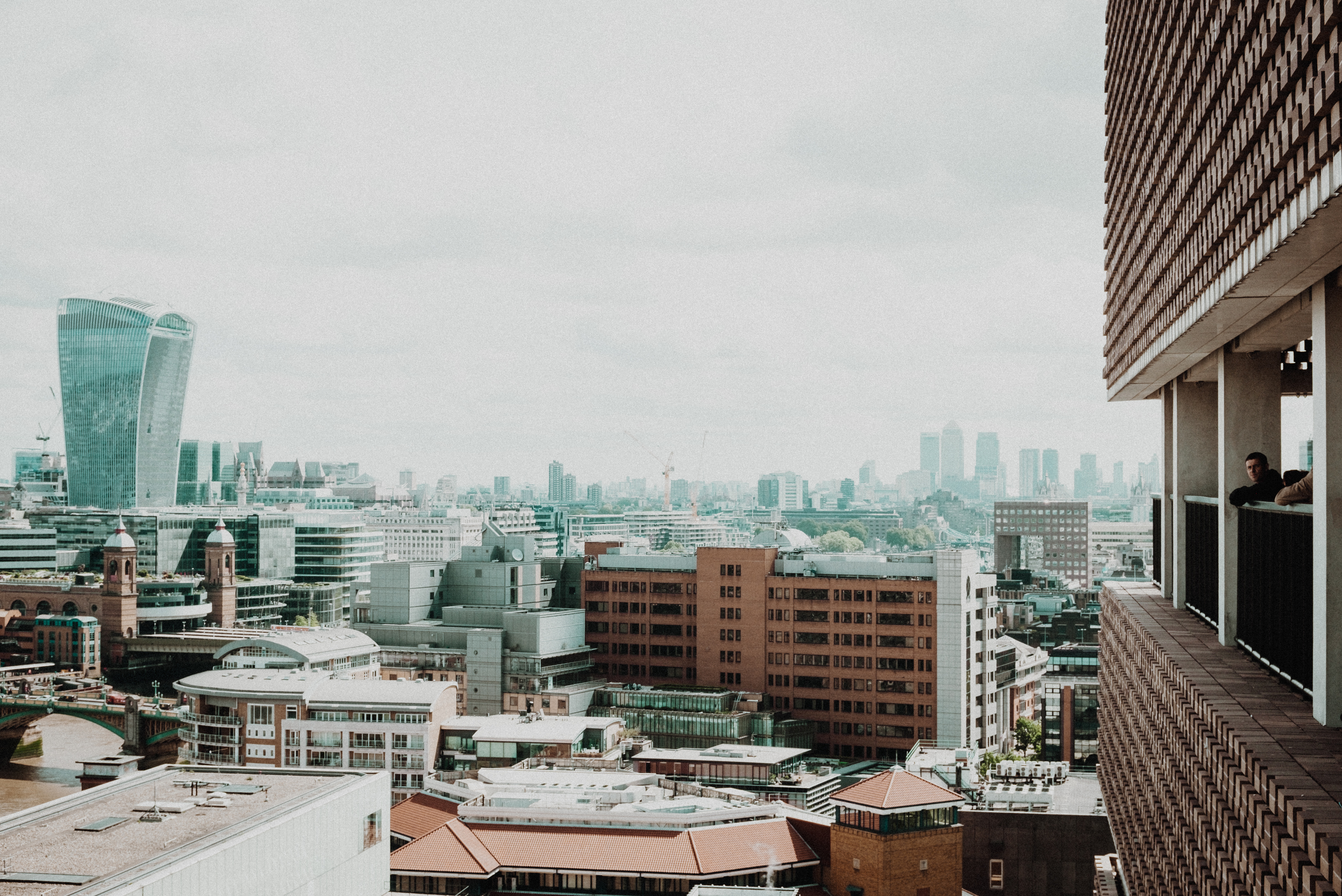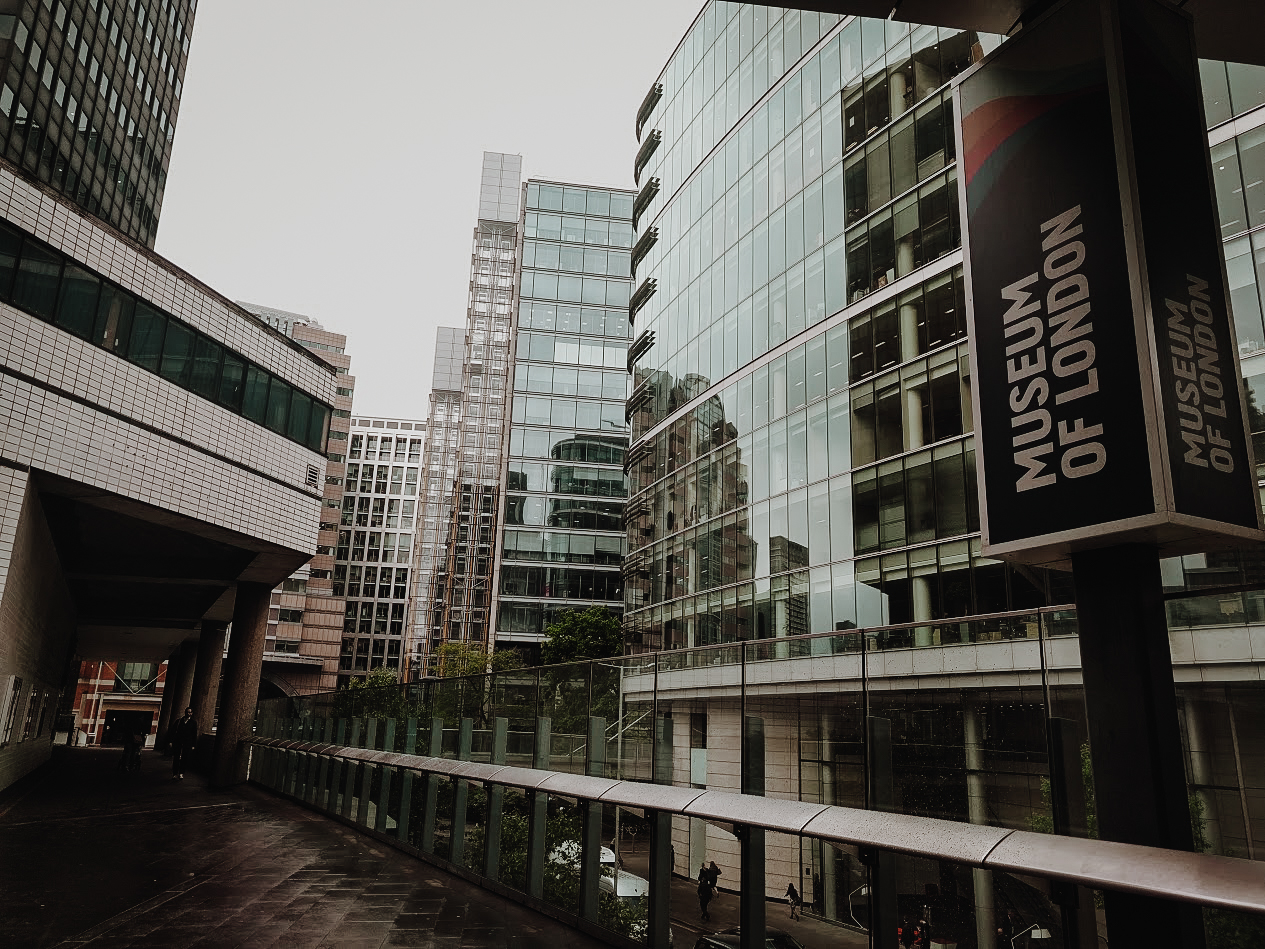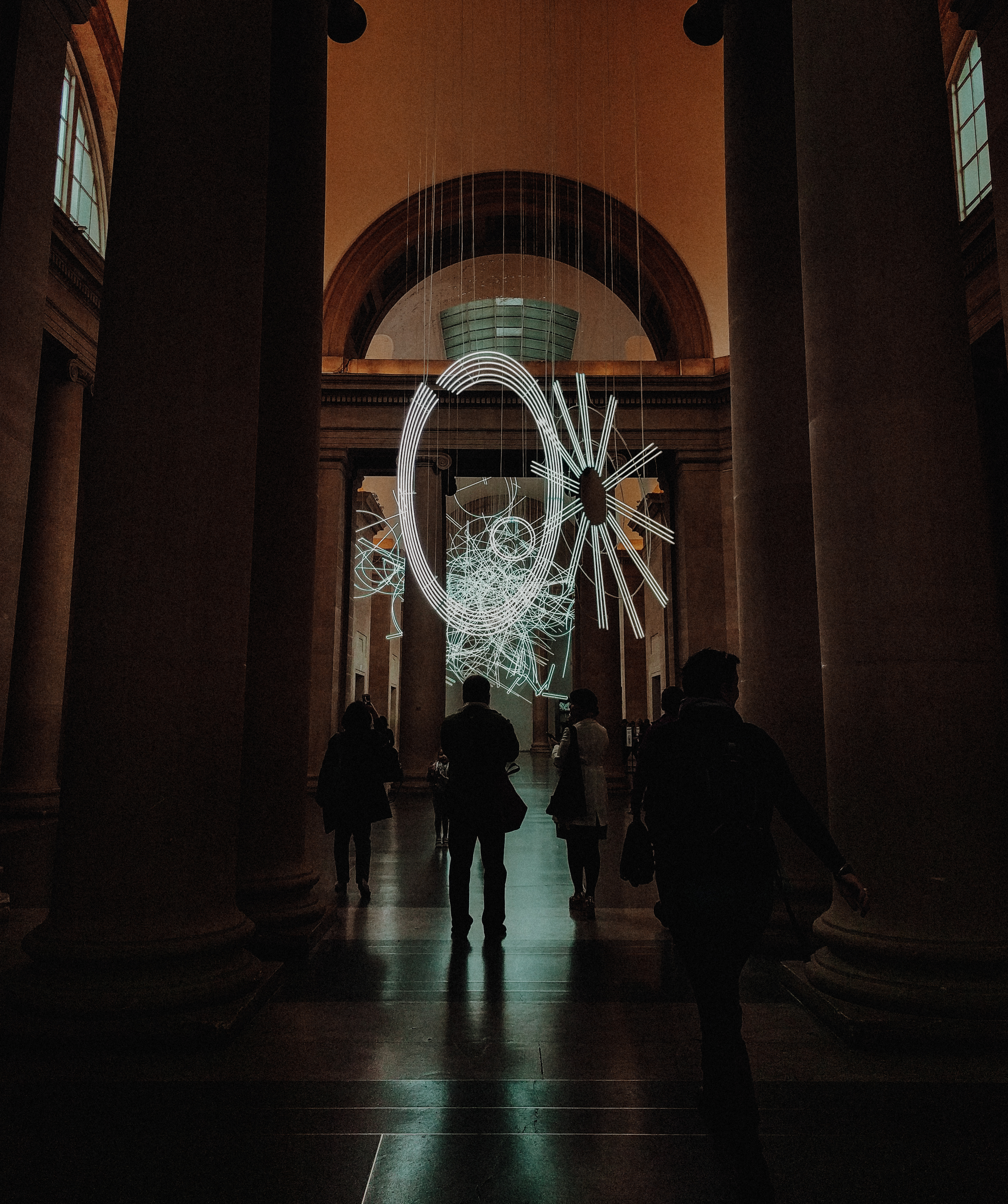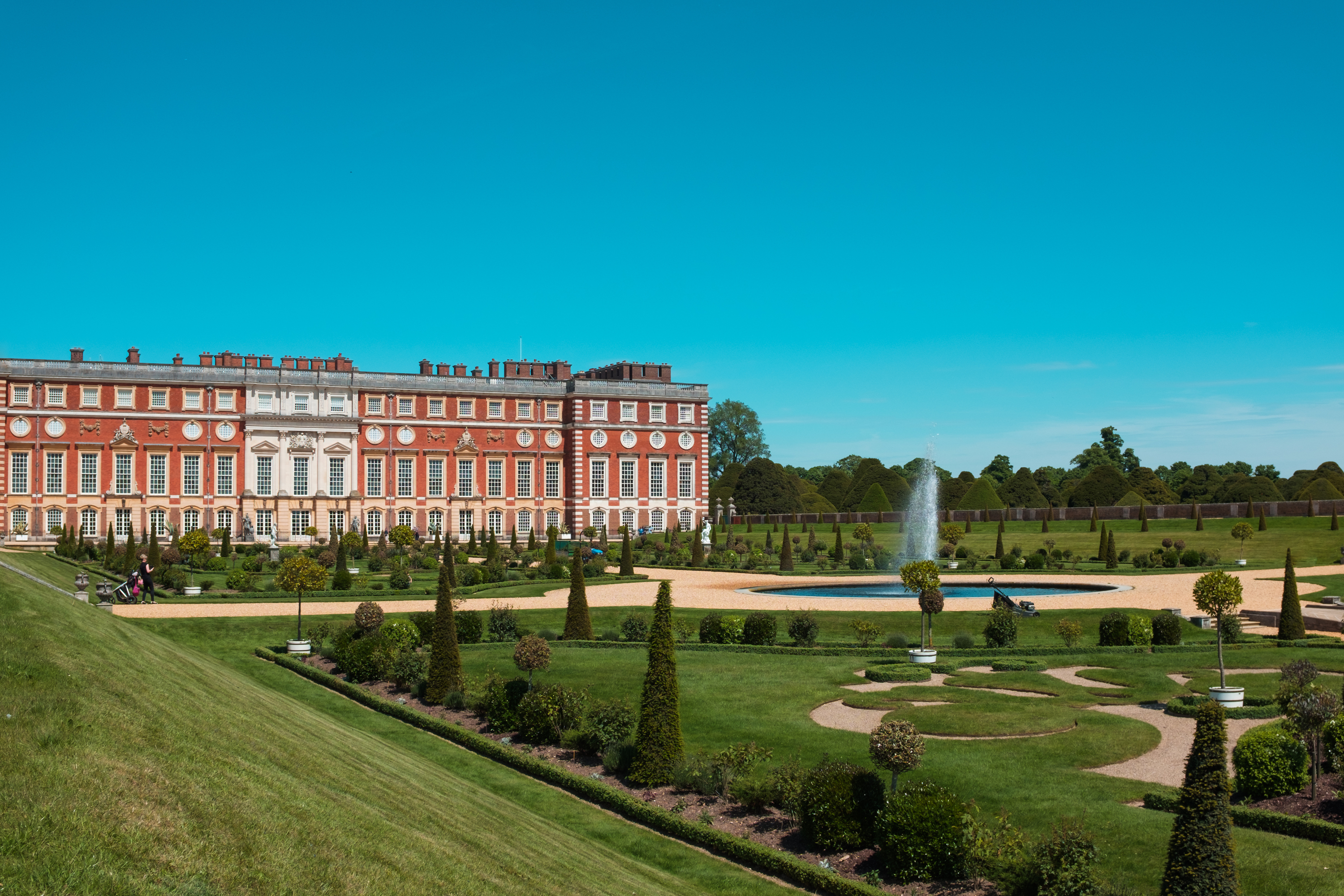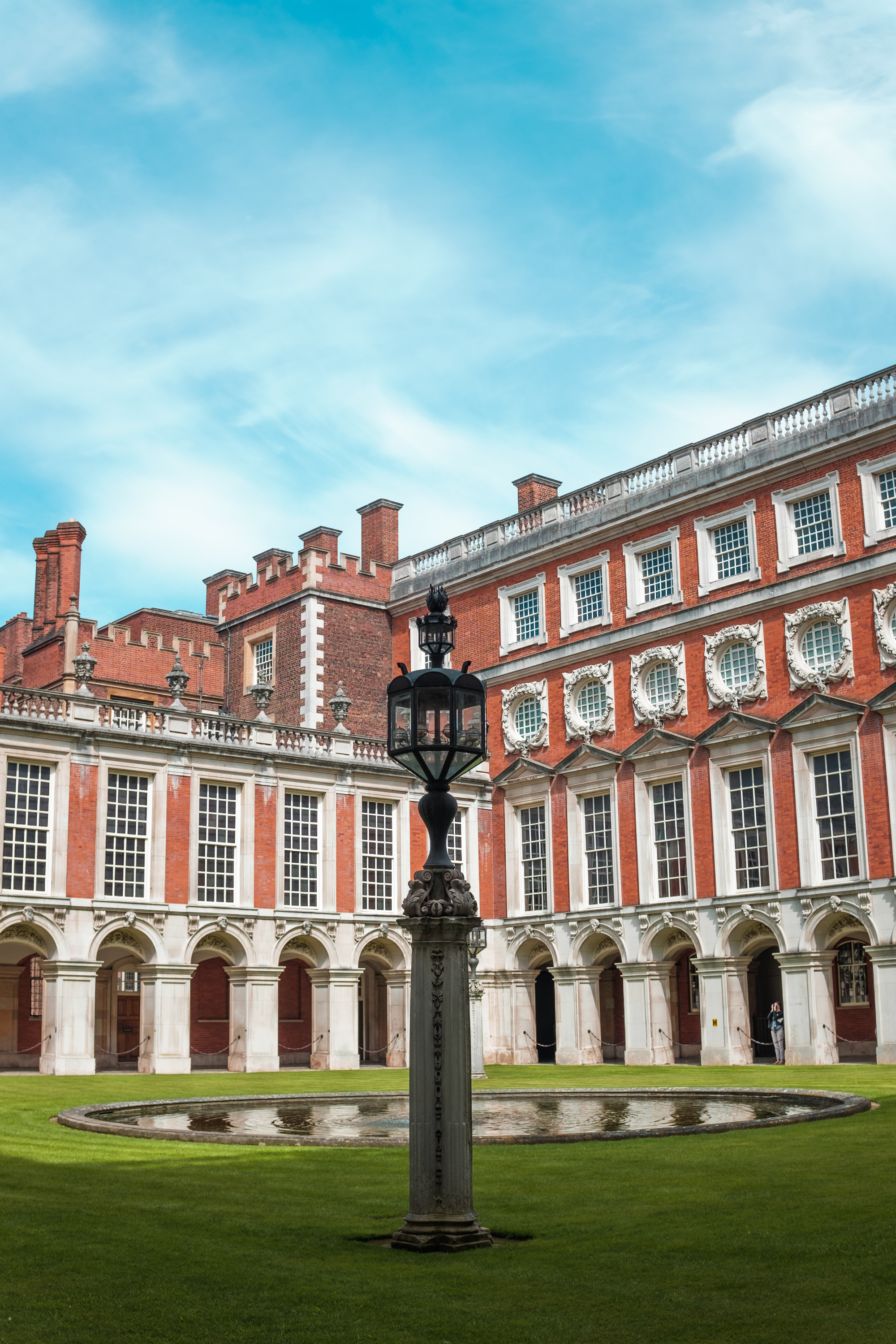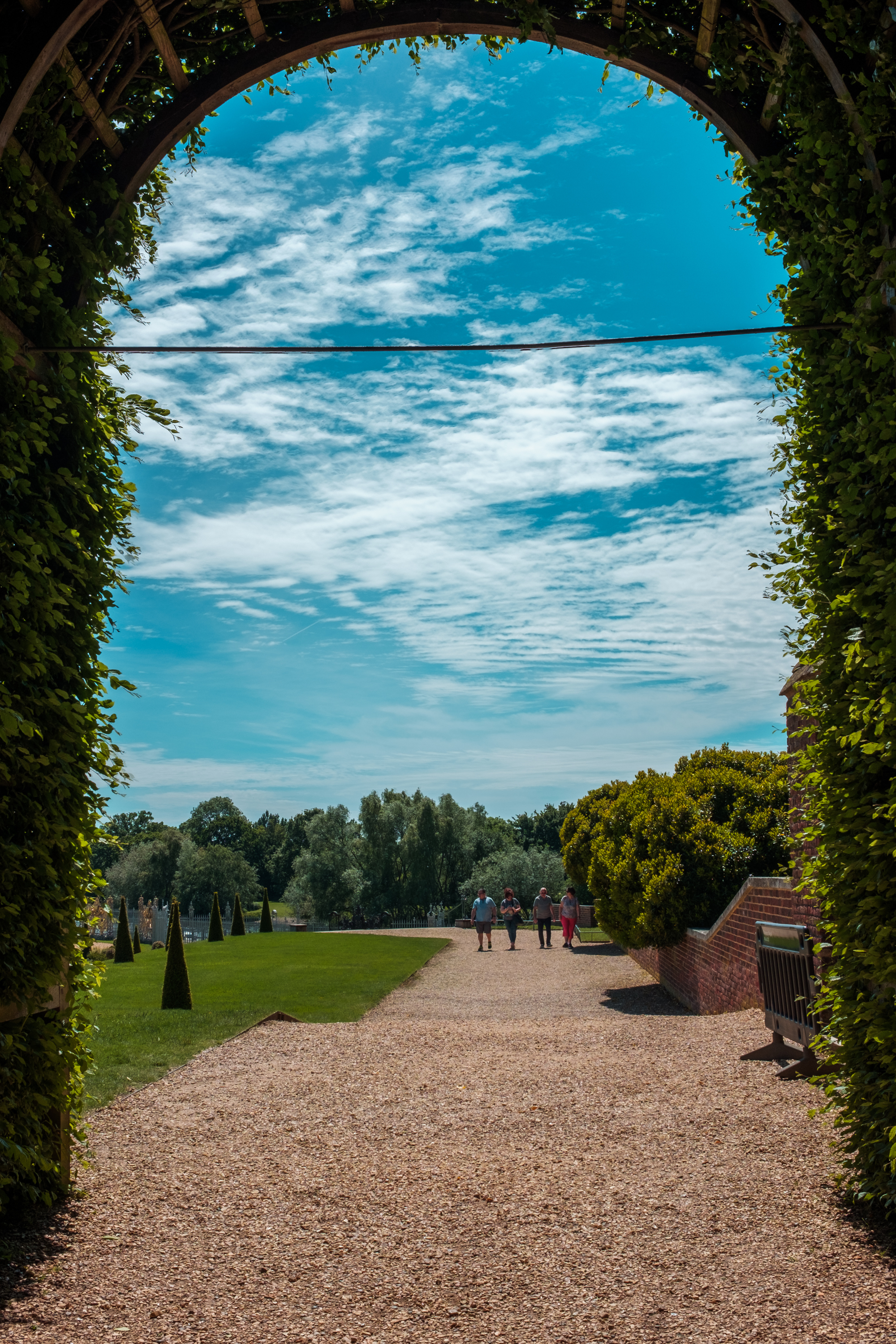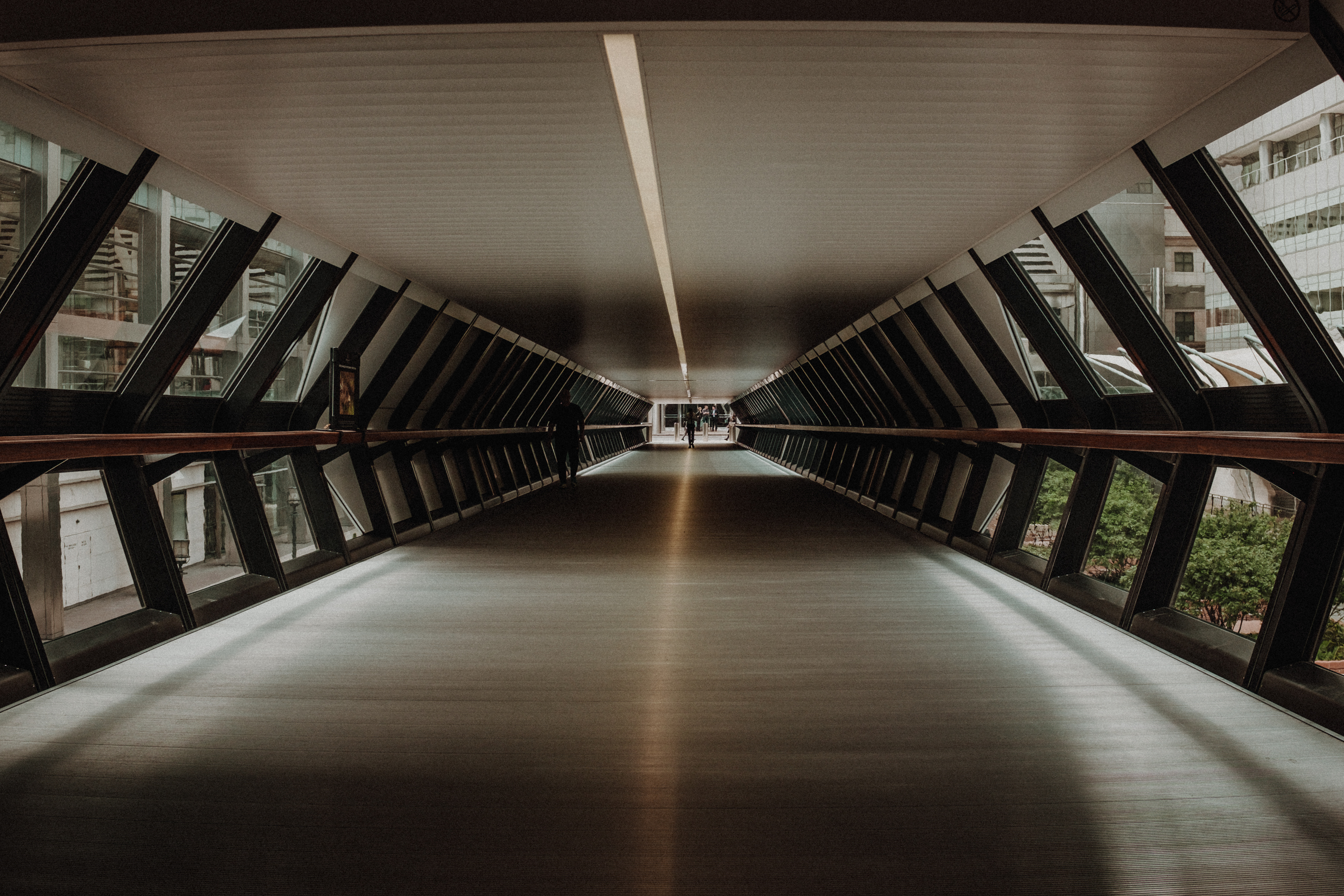Jhdupuis
From Londonhua WIKI
Jacob Dupuis
Overview
Here at WPI, I have taken two Humanities courses, both related to film. HU2551 was a chance to explore my interest in the history of film and cinematography, while AR2401 helped me learn about what goes into a video production. In London I hope to further that experience and apply the theory of film with practice planning and creating a short video experience. I also hope to explore photography, as it is a topic I am personally passionate about. I look forward to sharing the takeaways of my experiences!
| Occupation | Student, Photographer |
|---|---|
| Year | Class of 2020 |
| jacob.visuals | |
| Location | Maine, USA |
Contents
- 1 Jacob Dupuis
- 2 Milestone 1
- 3 Milestone 2
- 4 Milestone 3
- 5 Activity Journal
- 5.1 Day 1 Activities
- 5.2 Movie Sets
- 5.3 National Gallery
- 5.4 British Museum
- 5.5 St. Paul's Cathedral
- 5.6 Natural History Museum
- 5.7 Victoria and Albert Museum
- 5.8 Tate Modern
- 5.9 Museum of London
- 5.10 Tate Britain
- 5.11 Hampton Court Palace
- 5.12 Museum of London Docklands
- 5.13 Imperial War Museum
- 5.14 Horniman Museum & Gardens
Milestone 1
Modern Galleries: A Documentary
Objective: Create a video that showcases recently developed art galleries in London that provide chances for artists to display modern and innovation artwork for the communities in London.
Read More
Milestone 2
Regent Street: Building Modern Design into Historical Sites
Objective: Over time every city experiences change and growth as technology develops and demand for modernization occurs. This project will observe how 21st Century architecture fits in the classic English city and how modern designers are incorporating historical features into sustainable commercial locations.
Read More
Milestone 3
Shifting Time in Hidden Gardens
Objective: This photography project will explore gardens in London and lead to the creation of panorama images that have a gradient shift across different weather and times of the day.
Below the objective statement, Insert a one or two paragraph summary of your findings from having reached this milestone. If this milestone, for you, represents a humanities and arts capstone, please indicate so. Edit the link below to link to your milestone page.
Read More
Activity Journal
The activity journal represents an ongoing log of reflections gained through each and every project activity on the calendar.
Day 1 Activities
Westminster Abbey
On our first day we navigated ourselves to the Westminster Abbey, a place that I really had never seen and only heard mentioned in movies. Upon meeting our tour guide Carr, and leaving the cold London morning to enter the Abbey, I was almost shocked at what I saw. Westminster was full of more history, famous moments and people, and beautiful architecture than I could have ever imagined. Carr was an excellent tour guide, showing us all the relevant information, and extra tidbits of American and Engineering history. He was passionate about the material and only unable to answer one question of our group (which was how many stones it took to build the church). Having a guide who could point out details of the stonework, the Royal Wedding, and who was buried (and their backstory) was incredible. He even after the tour, explained to a few of us how the Abbey was used after the recent terror attacks, and it's memorial to victims of senseless violence, relating his own personal experience. At the conclusion of our tour we got a picture with Carr at the rear of the church, and he pointed out one last touch that I enjoyed the most out of the whole place. The latest addition of the Westminster Abbey is a series of statues of martyrs above the door, of many faiths [Pictured]. Maximilian Kolbe, and Martin Luther King Jr., were faces I recognized, and felt that it truly provided an even warmer welcome to the beautiful church, while honoring those that the world looks at as honorable role-models.
Tower of London
Following the adventures at Westminster Abbey, we split up into smaller groups and each headed off to Tower of London. After grabbing SIM Cards and a bite to eat, we began exploring the World Heritage Site. Tower of London was a wonderful time and provided a chance to explore just as much outside on the grounds as it did inside among buildings and the walls. The center White Tower held interactive exhibits on the evolution of weaponry and the castle's defense, which at times was quite fascinating. It was also interesting that the advertised 204 steps in total was actually wrong (we counted 207 due to some uneven floor levels, and double checked). The guides around the tower were full of life and told fables while giving interesting facts about the history and the design of the Tower over time. It was also truly incredible to see the Crown Jewels, and the wealth that was on display in the vaults. This was truly marvelous as you could see the painstaking design and craftsmanship of these gold and diamond pieces. It was worth going through twice for us, just to get a better look at the largest diamonds in the world. Attached is a picture of me on the Tower's outer walls, with the famed Tower Bridge.
Movie Sets
When exploring on the first day or two of the trip during the scavenger hunt, we came across a street that was shut down with people running all over and shouting, and full of old looking cabs and cars. Upon closer inspection, there were giant tubes that stuck up over the street and poured rain down on demand. We had stumbled across a movie set, and asked the security guard about the project who revealed that it was the set for a forthcoming movie entitled 'The Death and Life of John F. Donovan'. The movie stars Natalie Portman, Jessica Chastain and Kit Harrington. We got to witness how the crew interacted with the actors, and how they dressed up this small side street into a bustling chaotic rainy day in London.
The following day we walked by yet another shoot, this time of Stan and Ollie, a remake about the classic early Hollywood actors Stan Laurel, and Oliver Hardy. Later that afternoon we walked by the production in a different location, this time watching the crew turn the Lyceum Theatre into an old Hollywood cinema.
Early one afternoon we discovered another movie set, hidden among office buildings on a quiet sunny Sunday. Unsure if we could enter, we asked a group of security guards what the film was and they answered "We don't know." At this point we had learned that the answer usually meant it was a large budget production, so we politely asked if we could walk through. With that one of the security guards escorted us through the set. As she led us, we witnessed a scene being staged involving bike couriers and a famous actress being directed. Once we were out of the shooting area we asked another guard what the film was again and this time, he revealed the name of the 2018 Warner Bros. blockbuster. Later on the scavenger hunt, we came across the same crew again, this time in a public space with just a few people. The director of the film was in the middle of the intersection, taking charge of the camera as they recorded a shot 6 or 7 times. We watched the actress and Academy Award winner, Alicia Vikander, and her stunt double bike through the traffic around a corner. Eventually as they picked up, we stood with them and observed how the shoot was concluded.
National Gallery
The first activity my group set out on was to visit the National Gallery. This vast building had an incredible collection of paintings and altarpieces that even in our two hour visit, we did not see entirely. We saw several famous paintings and many that our group recognized from our previous experiences in school. I was amazed by just how incredibly detailed or large some of the paintings were, and even those dating back to the 1300s were in pristine condition. Overall we found that the building housing the paintings was just as incredible as the art itself, and constantly found ourselves looking up to admire the vaulted ceilings or the modern etch-work on the glass in the old domes. Following our visit, we then contributed to an article on the National Gallery and works inside of it together.
British Museum
We visited the British Museum, arriving early before swarms of people gathered.We made an effort to see every exhibit we could at the museum and spent a large portion of our time in the Egyptian and Greek areas as that is what pertained to our group members projects, and what we found the most fascinating to see. The scale and quality of the carvings and stonework was truly unbelievable and the museum is a place everyone in our group felt was worth visiting again. In particular, drawings in the King's Library rooms and details about the city of London may be useful for me to revisit for my second milestones, as they can provide a historical look at the city's development and architecture. We then went on to contributing pictures and information on the British Museum's page.
St. Paul's Cathedral
Visiting St. Paul's Cathedral was truly an experience that I enjoyed and took a lot out of. When taking the self-guided tour throughout the grand building I found myself noticing parts of the church that I had seen in pictures before. Many aspects of the building were magnificent to the human eye in a way that pictures could not capture. The scale and the detail in the work was truly elaborate. I was particularly interested in how some aspects of the church were adapted for modern use, similar to how my second milestone looks at on Regent Street. While they did not adapt the space to commercial use/modernize it, St. Paul's has turned into a formal house of prayer for all who wish to participate, with an alter moved in of the choir area and high alter. This position creates a more personalized atmosphere in the cathedral and feels more inviting, which as the tour informs is how the message and approach of the Anglican church has shifted as well. As Regent Street is owned by the Crown Estate, its primary use has shifted over time as well, with the street opening up to businesses after being used as a private path for royalty to access parks.
Natural History Museum
The Natural History Museum visit was one of the lesser of trips overall for me personally. Initially the exhibits sounded intriguing and did have great demonstrations and examples, I found that overall the museum was geared towards a lower aged audience than my group and we constantly found ourselves not looking at the contents of the museum but the way that the children enjoyed interacting with and learning, as we ourselves did not learn as much. Overall the museum did offer interesting things to me, as I got to see many many dinosaur fossils that seemed larger than life, and the design work that went into the exhibits was top notch. On the way out however is where I believe that I got the most from the trip. The building's cathedral like appearance remains essentially the same as it did in 1881 when the museum was launched, but on the backside the research centers and academic parts are new, slick modern buildings with glass and steel being the primary materials used in construction. I found this interesting the transition from modern to classical is done seamlessly inside and you feel like you really have traveled through time, entering under the original spires and exiting next to the giant cocoon of the Darwin Center. This was related to my Milestone 2 and the most interesting portion of my time at the museum.
Victoria and Albert Museum
The Victoria and Albert Museum was a museum that I had never previously heard of before, and I wish that was not the case. As a group, we spent nearly 3 hours wandering the museum before we decided that we would not be able to see it all in one trip and plan on returning to revisit this site in the future. The museum was an incredible place to spend time and the collections where so big that I frequently had to check to make sure we were not lost. The museum covered modern and historical art and design, across time and cultures, often providing interactive displays or informational spaces that were interesting. I was fascinated in particular by the art in some of the skylights and stairwells, especially an interactive LED exhibit. Overall I felt this has been my favorite activity we have done so far and I only got to scratch the surface of what it has to offer. I plan on going back and looking at the interactive Pink Floyd / Sennheiser experience that was sold out during our visit. This museum also linked into 2 of my milestones, which focus on design and architecture. The collection of John Nash's works in London and around Regent street will be particularly valuable to find for my second milestone. Following the trip, I created the article for the V&A Museum, and will continue to add to it on my second trip back there.
Tate Modern
The Tate Modern museum was an interesting visit, and the first 'modern' art gallery that we visited. This museum is one that I plan on revisiting for the purpose of my milestone, as it held a lot of information that I feel could assist me in my research. The Tate's building was one of the most impressive things to me, with a vast open courtyard-like room inside. I appreciated the interactive exhibits, though found the museum to be quite crowded at some points of our visit. Going up to the 10th floor's observation deck was spectacular and provided an incredible view of London, the River Thames and St. Paul's cathedral. The bottom floor of the museum houses the Books for Architects exhibit that provides interesting perspectives on how architecture in London and across the world is interacted with in everyday lives. As several of my milestones relate to architecture I plan on revisiting this exhibit and listening to the lectures provided. The most interesting part of the trip overall for me was a gallery in the bottom of the museum by Janet Cardiff, entitled Forty Part Motet. Forty Part Motet is an audio experience that consists of 40 speakers in a ring around observation benches. Each speaker records the voice of an individual choir member, and the result is a beautiful surround sound experience unlike anything I have ever heard before.
Museum of London
The Museum of London is a great example of how to integrate a museum about the city, into the heart of the city. Nested in the middle of an intersection and only accessible by bridges, the museum feels like it was built to be a part of everyday life. Once inside, you forget however that you are in a busy office area and are immersed in very neat displays and history. I found this museum to be one of the best that we visited, with interesting displays and uses of technology throughout. The overall size was smaller than some of the large institutions that we had been to before, but it held just as much to grab your attention, through interactive projections and films. The most exciting piece of the visit overall was the 2012 Olympic Cauldron which was on display with guides that explained how the art piece was created. While the museum held a lot of information for some of my group members milestones, it did not relate to mine as much. One small section on the development of the city was useful for reference notes regarding John Nash's Regent Street project, and I captured photos of the information to use later.
Tate Britain
Tate Britain sits on the side of the River Thames, across from the Hollywood-famed MI6 building. The gallery held a nice collection of paintings, sculptures and photographs ranging from the 1600s to modern art. Some of the exhibits also included video media including "Blue", a conceptual film involving an unchanging blue screen. I enjoyed visiting the Tate Britain as it was a smaller, and less crowded gallery compared to Tate Modern, but still housed interesting displays. The most intriguing part for me was the display that you see when you enter the gallery, hanging in the grand hallway across from the stairwell. This exhibit was entitled Forms of Space, and consisted of large amounts of intrinsically shaped lights hanging across the gallery. As you traveled through the generally empty space, the initial sight was disassembled and you could see the lights break into different layers, until you were under the final layer, and had walked across the entire museum. I felt this was an excellent way of pulling viewers in, and catching their attention as they begin their visit, and I added it to the Tate Britain's wiki page after the visit.
Hampton Court Palace
Starting the 3rd week by visiting Hampton Court Palace was an incredible time. After a long commute to the outskirts of the city, my group and I arrived to the Palace, located on the edge of the River Thames. We were lucky enough to visit on a bright and warm sunny day, which encouraged us to explore the gardens along the sides of the Palace before we entered. Upon entering, it was interesting to see the different displays and historical settings inside the walls. We found that the different games scattered among the rooms from the time period were fun and interesting, and a nice touch that allowed visitors to enjoy the common spaces as they were meant to be enjoyed. I found it interesting to play Mill, a game that I had previously played, in its original form with rules that were slightly different than versions I was used to. After grabbing food at the Court Cafe, we ventured out the back of the Palace into the incredible garden and yard. This place was full of life, with people walking and sitting under trees and reading. It was full of birds, large swans, and even large fish in almost every pond or fountain. I spent the most amount of time here, sitting and working on my milestones as it was an incredible atmosphere to enjoy.
Museum of London Docklands
The Museum of London Docklands, located in Canary Wharf is an interesting museum. The Canary Wharf area is one that I have not really been to, but felt very different than the rest of the city. The museum is located on the water, but around it are large skyscrapers and office buildings. The content in the museum is similar to the Museum of London's but focuses in more on the industry life and development of the shipping area (the Docklands, as the name suggests). Overall the exhibits were well put together with interesting displays and content. The modern development history was interesting, as they showed how bridges, buildings and the underground in that area had been developed, and how Canary Wharf became a financial and economic hub of the city and of Europe. I found the most interesting section of the museum however to be the effects of WWII on the docklands, and how they continued to operate during bomb attacks, while being vital to supporting Britain throughout the war.
Imperial War Museum
Our visit to the Imperial War Museum was one that took up most of the day, as the museum was packed full of fascinating information and exhibits. From the outside it has the appearance of an older, church like building, but inside I was amazed and the sleek modern design elements and the vast open courtyard with full-size planes hanging above you. Starting on the first floor we worked our way in a crowd through the WWI exhibit, which was full of haunting sights and information. The overall mood in the room was somber, and there was so much to read and take in. After that we moved upstairs through WWII, and the more modern displays, which all were equally as interesting. I found the Syrian photography gallery to be extremely impactful and the Detention exhibit to be full of somewhat shocking information. Lastly at the top floor of the building was the holocaust exhibit. I went through the entire thing and found it to be one of the most well done museum exhibits I have ever seen. Overall the visit to the Imperial Warm Museum was a very great experience, and very emotionally impactful.
Horniman Museum & Gardens
My Complete Contributions
View All My Work
